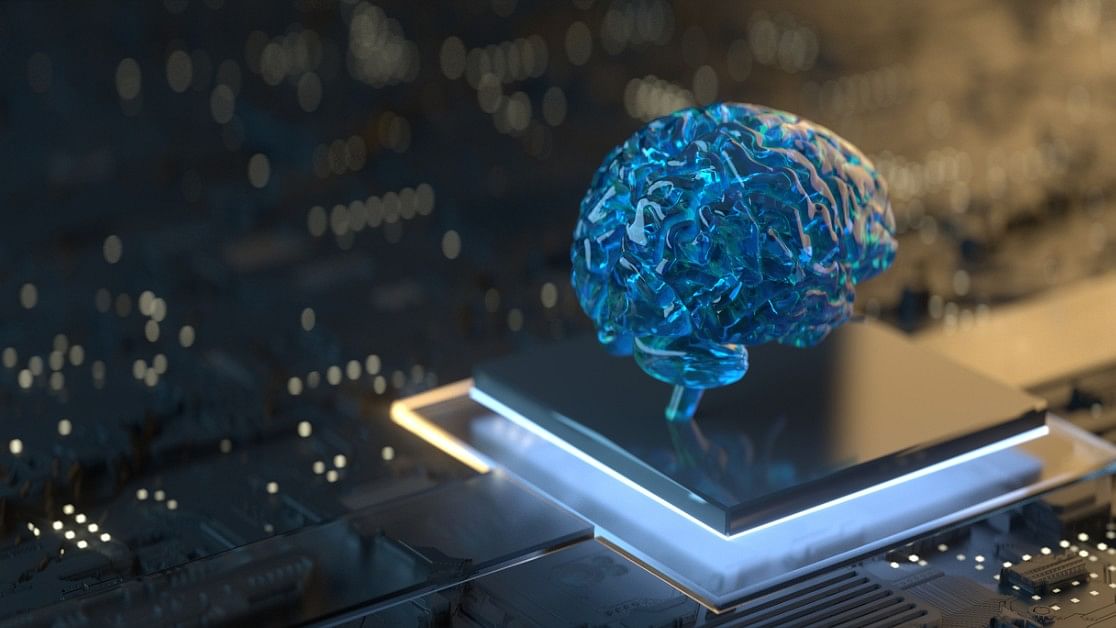
To mitigate job displacement, upskilling and reskilling are essential, as women may face distinct challenges in acquiring these skills.
Credit: iStock Photo
Artificial Intelligence (AI) is a reality that is rapidly reshaping the job landscape around the world. The rise of AI and machine learning is transforming industries and the nature of work. AI-driven technologies are increasingly integrated, from personal assistants like Siri and Alexa to self-driving cars and advanced data analytics. According to a report by the World Economic Forum, AI is expected to displace about 85 million jobs between 2020 and 2025 and create 97 million new job roles. This shows a net gain in employment but also a significant shift in the types of jobs available.
Historically, women have been underrepresented in STEM (science, technology, engineering, and mathematics) fields, which play a pivotal role in the AI revolution. This underrepresentation starts early, with girls often receiving fewer opportunities and less encouragement to pursue STEM education. As AI redefines job roles, the gender gap in STEM remains a significant issue. Encouraging more girls and women to embrace STEM education and careers is a crucial step in addressing this disparity. The World Economic Forum’s data indicates that in some countries, women constitute less than 25% of STEM graduates. As AI technologies automate routine and rule-based tasks, job displacement becomes a reality for many. This shift disproportionately affects women. According to the estimation of the World Economic Forum Report, women’s jobs are 1.6 times more vulnerable to automation. Female workers in administrative, customer service, and data entry jobs may face higher risks of job displacement. According to a study by McKinsey & Company, women account for 40% of global employment but are at risk of losing 47% of jobs due to automation. This study also further reveals that different sectors, such as manufacturing and retail, where women are well represented, face a higher potential for job displacement.
To mitigate job displacement, upskilling and reskilling are essential, as women may face distinct challenges in acquiring these skills. Socioeconomic factors, caregiving responsibilities, and access to education and training opportunities can impact their ability to adapt to the changing job landscape. Ensuring equitable access to up-skilling opportunities is vital for gender inclusion in the AI-driven workforce. Statistics from different sources also show that women are less likely than men to receive employer-provided training. The World Forum Report also indicates that women are underrepresented in programmes aimed at enhancing digital skills, which are increasingly crucial in the AI-powered workshop. On the other hand, AI algorithms are only as fair as the data they are trained on. Biased data can perpetuate gender disparities and discrimination. Efforts to eliminate bias in AI algorithms are critical to ensuring gender equality in AI-driven decisions. The issues of bias in AI algorithms are evident in many cases. A study conducted by Waelen, R., and Wieczorek, M. (2022) found that AI systems often contain gender biases, hindering not only women’s opportunities but also reinforcing stereotypes.
Increasing the representation of women in STEM fields and leadership roles is a necessary step towards bridging the gender gap. Encouraging girls and young women to pursue STEM education and careers can have a significant impact. Inclusive policies within organisations can promote diversity and women’s participation in AI-related roles. According to the National Science Foundation Report, women constitute only 28% of the workforce in science and engineering occupations. Further, it also reveals that women are underrepresented in leadership roles in technology companies.
Despite all these challenges, to address disparities in the AI revolution, a combination of policies and workplace solutions is essential. This includes implementing and enforcing policies that promote gender equality in the workplace, along with flexible work arrangements, investment in STEM education, gender-neutral algorithms, and gender-inclusive skill training.
Though the AI revolution is changing the employment landscape, its gendered impact is undeniable. For the benefits of AI to be equitably distributed, it is essential to address gender disparities in employment and job displacement. By promoting diversity in STEM, eliminating bias in AI algorithms, and providing opportunities for upskilling, we can harness the potential of the AI revolution to drive gender equality in the workforce. The future of the work must be inclusive, ensuring that no one is left behind.
(The writer is an associate professor, Dept. of Economics at Christ (Deemed to be
University), Bengaluru)